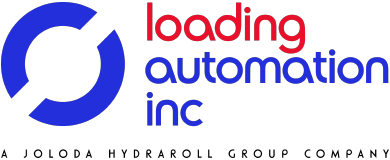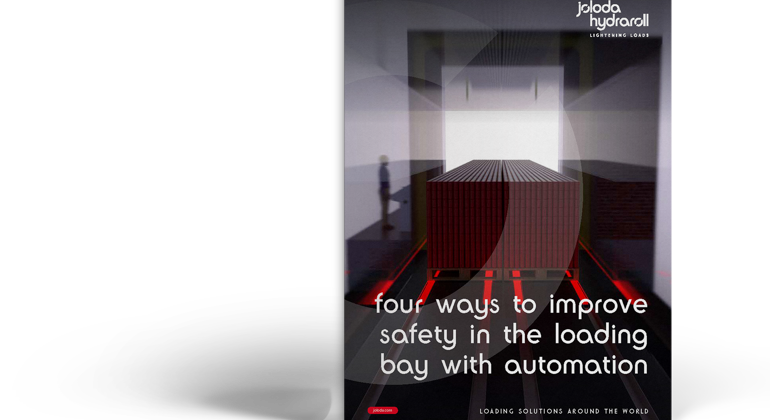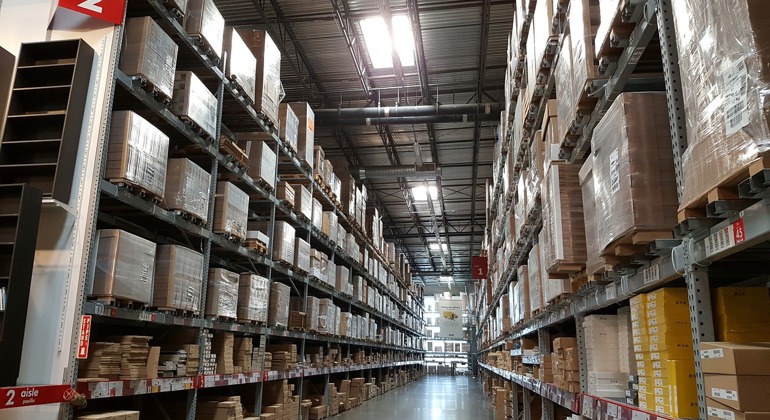When it comes to operating a warehouse, health and safety take top priority, no matter how fast you wish to operate. Warehousing automation can make your loading operations not just speedier, but also safer.
In fact, warehouse automation has several major parts to play in increasing the safety of your warehouse. It makes loading safe without sacrificing speed, eases workloads on logistics teams, reduces ergonomic risks, decreases the interaction between workers and forklift trucks, and, in the process of doing all this, boosts productivity. Below is a look in further depth at the four main roles of loading automation when it comes to operating a warehouse safely.
Book a FREE Loading Assessment
Learn how to make the loading process safer and more efficient with a no-obligation assessment...
BOOK NOW







